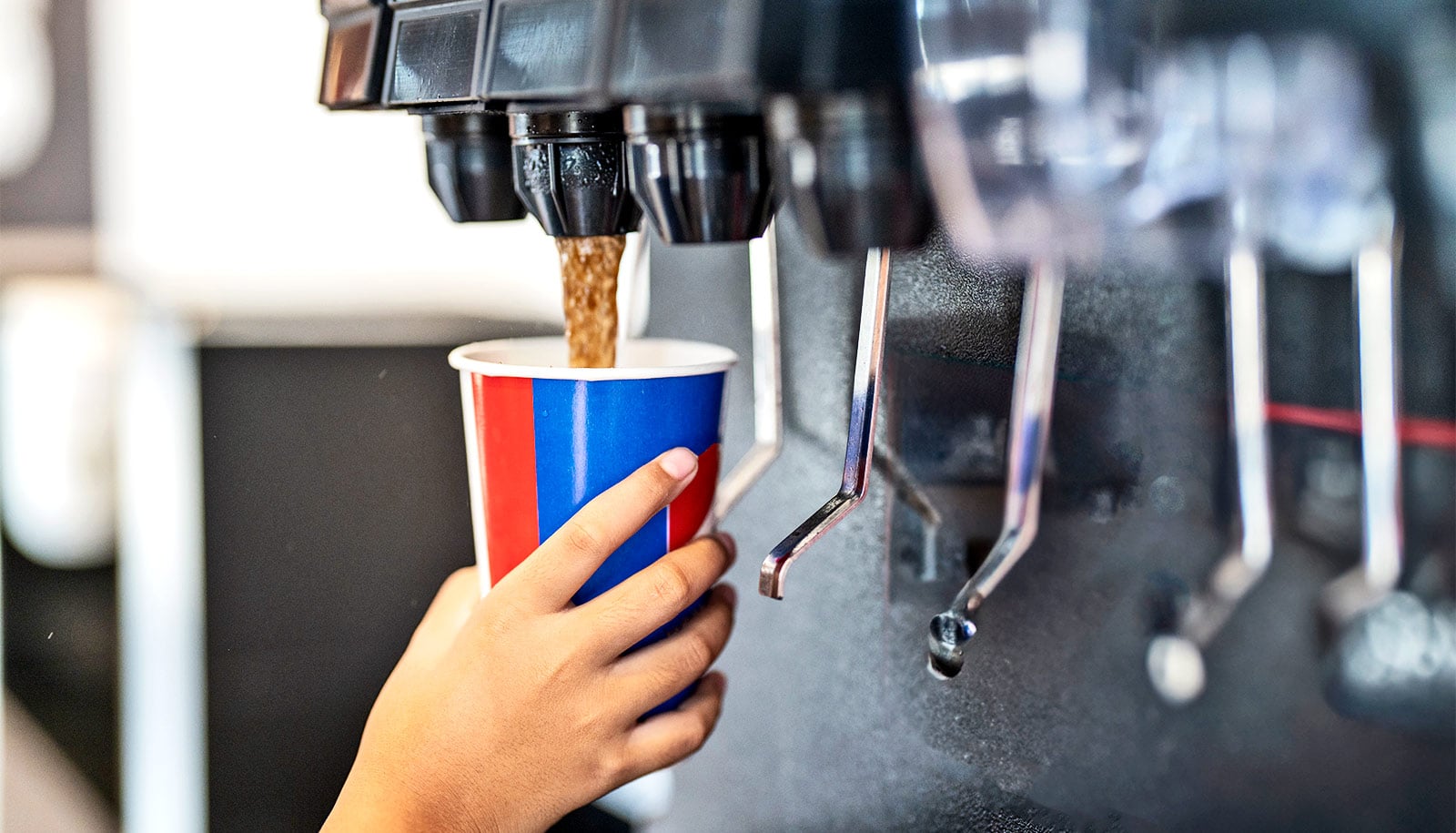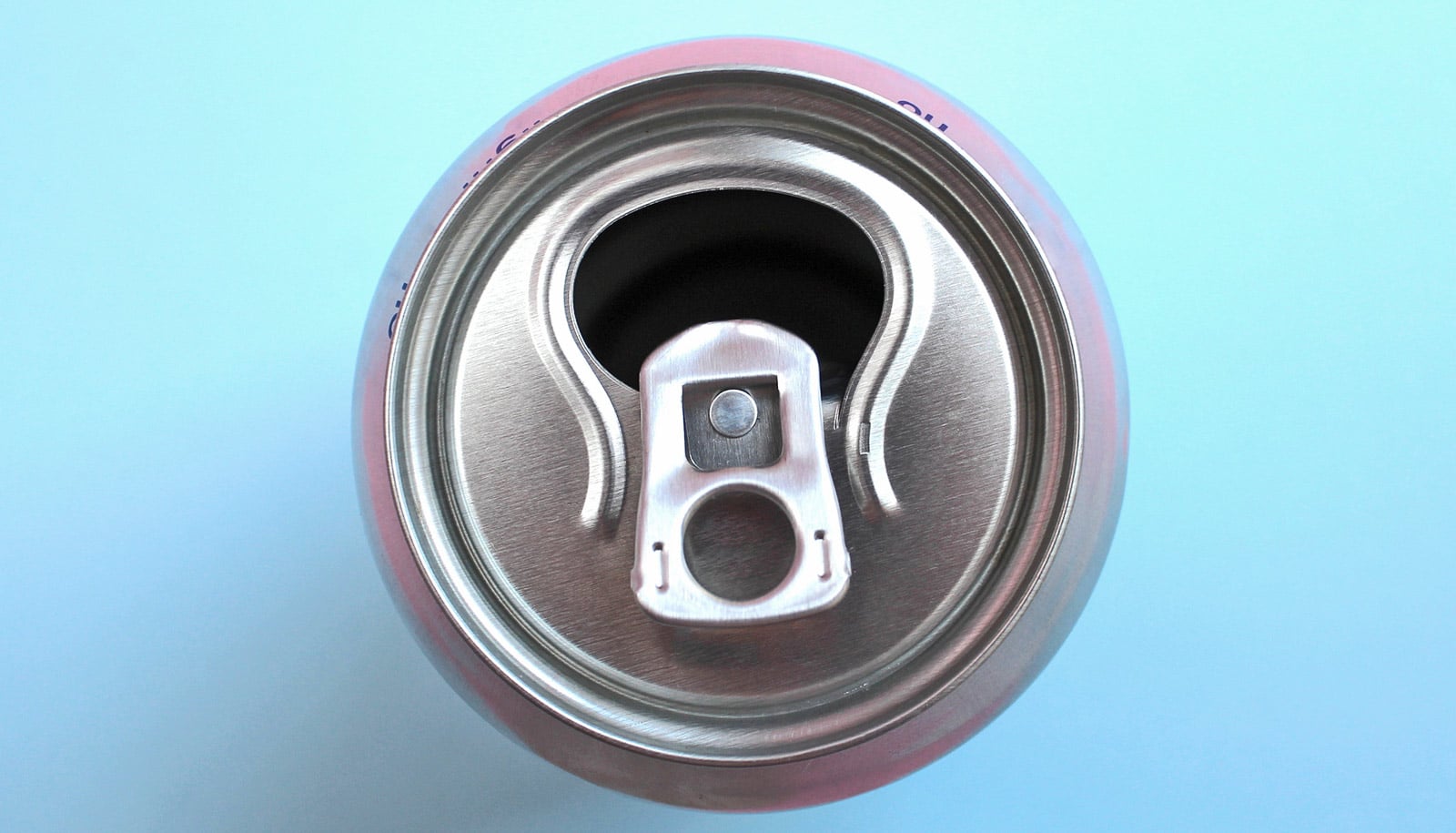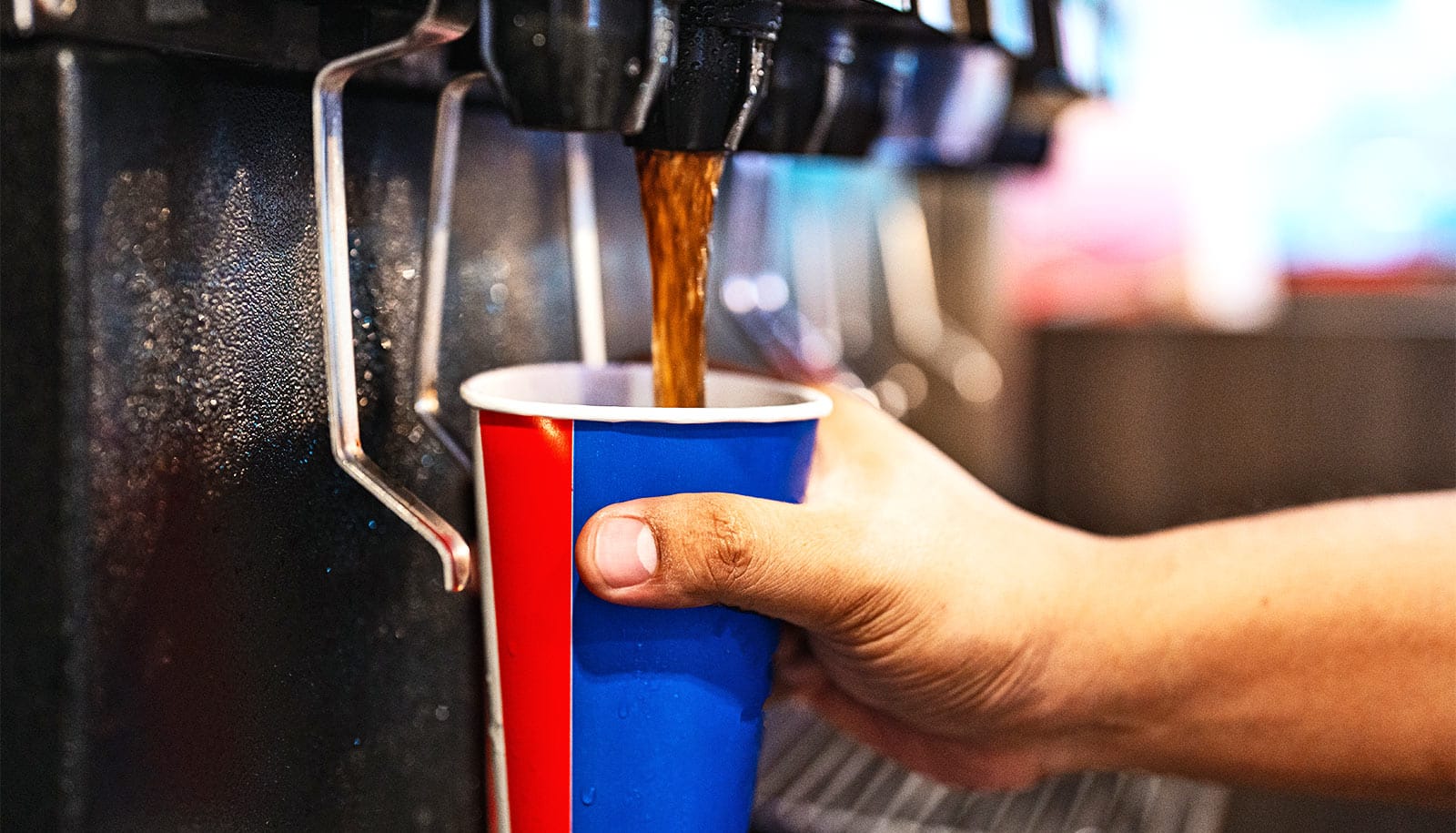A new global analysis of the dietary habits of children and adolescents from 185 countries revealed that youth, on average, consumed nearly 23% more sugar-sweetened beverages in 2018 compared to 1990.
Overall, intakes were similar in boys and girls, but higher in teens, urban residents, and children of parents with lower levels of education.
Researchers from the Friedman School of Nutrition Science and Policy at Tufts University published the findings in The BMJ.
“Our findings should raise alarm bells in nearly every nation worldwide.”
The study drew from the Global Dietary Database, a large comprehensive compilation of what people around the world eat or drink, to generate the first global estimates and trends of sugar-sweetened beverage intake in youth. These were defined as soda, juice drinks, energy drinks, sports drinks, and home-sweetened fruit drinks such as aguas frescas with added sugars and containing more than 50 kcal per 1 cup serving.
Incorporating data from over 1,200 surveys from 1990 through 2018 in a large model, the research team found that youth (defined as those ages 3 to 19 years) were drinking more and had nearly twice the overall intake of adults.
The research team’s definition of sugary drinks excluded 100% fruit juices, non-caloric artificially sweetened drinks, and sweetened milks.
Sugar-sweetened beverage intake among young people varied dramatically by world region, averaging 3.6 servings per week globally and ranging from 1.3 servings per week in South Asia to 9.1 in Latin America and the Caribbean. The researchers found that children and teens in 56 countries, representing 238 million young people or 10% of the global youth population, averaged 7 or more servings per week.
“Sugary beverages increase weight gain and risk of obesity, so even though kids don’t often develop diabetes or cardiovascular disease when they are young, there could be significant impacts later in life,” says first author Laura Lara-Castor, a recent graduate of the Friedman School and now a postdoctoral scholar at the University of Washington.
“This study highlights the need for targeted education and policy interventions to change behavior early on and prevent the adverse outcomes associated with sugar-sweetened beverage intake in childhood.”
Among the world’s most populous nations, those with the highest sugary drink intakes by youth in 2018 included Mexico (10.1 servings per week), followed by Uganda (6.9), Pakistan (6.4), South Africa (6.2), and the United States (6.2). Looking at trends from 1990 to 2018, the region with the largest increase in consumption among youth was Sub-Saharan Africa, in which average weekly servings grew 106% to 2.17 servings per week, an acceleration that requires attention, say the researchers.
In recent years, many governments worldwide have been implementing measures such as soda taxes and restrictions on the sale of sugary drinks in schools to promote healthy dietary habits. These efforts are new and also face strong opposing forces such as aggressive industry marketing and the globalization of the food sector.
“Our findings should raise alarm bells in nearly every nation worldwide,” says senior author Dariush Mozaffarian, a professor of nutrition and director of the Food is Medicine Institute at the Friedman School.
“The intakes and trends we’re seeing pose a significant threat to public health, one we can and must address for the future of a healthier population.”
Support for this work came from the Gates Foundation, the American Heart Association, and the National Council for Science and Technology in Mexico. Complete information on authors, methodology, limitations, and conflicts of interest is available in the published paper.
The content is solely the responsibility of the authors and does not necessarily represent the official views of the funders.
Source: Tufts University



